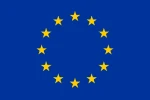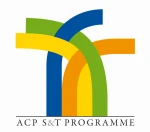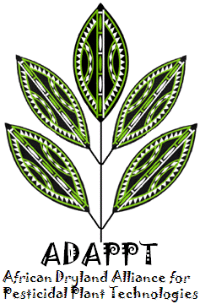Background and history
Throughout Africa, poor rural communities use their knowledge about plants to help protect field crops, stored grain and livestock from damage caused by insect pests. This information has been passed down from generation to generation and offers these people an effective, low cost, sustainable and environmentally friendly pest management strategy. Mankind has known about the insecticidal properties of certain plant species for millennia. Analysis of grain stored in Oriental (3000-30 B.C.), Greek (2000-200 B.C.) and Roman antiquity (500 B.C. - 476 A.D.) has shown that various plants such as Cymbopogon spp. that were used to protect stored food against insect damage are still widely used today in traditional farming systems. Other insecticidal plant compounds such as rotenone from Derris spp., Tephrosia spp. and Lonchocarpus spp. are produced as ‘organic’ pesticides by various commercial manufacturers and used widely in horticulture and agriculture across the world. Similarly, the neem tree, Azadirachta indica, one of the more famous botanical pesticides is still widely used today in South Asia and parts of Africa and is also available in various commercial products for pest management.
Why use pesticidal plants?
Some pest problems can not be resolved without some intervention. Synthetic pesticides are usually the first line of defense for a farmer. They can, however, be toxic to users, consumers and the environment. In some parts of the world, particularly Africa and Asia, pesticides are less well regulated, and many more toxic products are still widely available and used. To make matters worse, the products are often adulterated by dilution, mixed incorrectly and sold beyond their expiry date and the use of these products can exacerbate the problem the farmers are trying to address by encouraging the development of resistance in the target pests. Furthermore, most products are sold with English instructions for use and safe handling rather than the local language while in any case many users are illiterate so the frequency of incorrect application is high. Finally, these products come at significant cost to farmers which they may not be able to afford. Pesticidal plants offer these farmers a real and effective alternative to synthetic products.

Research has provided an understanding of the plant chemistry and modes of action for plant species already used by many farmers for pest control. This has shown that these pesticidal plants can be used reliably and safely to treat crops, grain and livestock. Legal registration of these botanical products is usually not required for their promotion and an excellent overview of this topic is provided by Murray Isman (Isman, 2006).
Constraints
There can, however, be problems associated with the use of pesticidal plants including over-harvesting which threatens the diversity of habitats, particularly semi-arid woodland and savanah habitats. A better scientific understanding of how these plants work and where they grow will optimise their collection and sustainable use in Africa. Furthermore, efforts are needed to propagate and cultivate those species most at risk. Also all plants are not necessarily harmless, so a better understanding of their chemistry can help to evaluate the associated risks. For example, nicotine, the well known compound in tobacco plants is actually insecticidal and the plant is consequently used for this purpose by some farmers. However, nicotine is also well known for its toxicity to man and so the use of tobacco plants for this purpose needs to be carried out with care.



